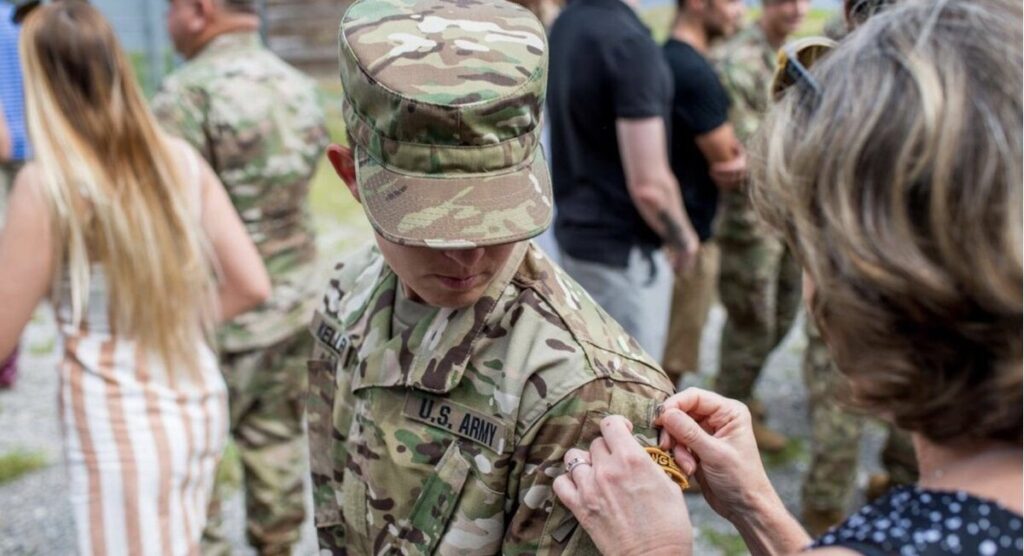[Andrew Dyer | The San Diego Union-Tribune] Men between the ages of 18 and 25 must still register with Selective Service, even though a federal judge just ruled that the all-male draft system into the armed services is unconstitutional.
U.S. District Judge Gray H. Miller decided that because women are now eligible to serve in combat roles in the military, excluding them from registering for the draft is discriminatory. But because the judge did not issue an injunction, the ruling does not immediately impact existing law.
Miller said he ruled against granting an injunction because the plaintiffs had not filed a brief supporting the request.
A lawyer representing the plaintiffs — a San Diego-based men’s right group and two young men — said he is considering filing another motion for an injunction, to try to force the federal government’s hand.
“The government needs to act fast, in my opinion,” said Marc E. Angelucci, based in Los Angeles.
“They can’t just sit on it. When we require only men (to register) — but not women — that’s sex discrimination.”
The case is likely to have national ramifications. Experts say it could result in women registering with Selective Service, like men, or it could end the Selective Service System.
Angelucci said the judge is sending a message through his ruling: “With equal rights, comes equal responsibility.”
Angelucci is representing the plaintiffs, the National Coalition for Men, a men’s rights organization in San Diego that brought suit in 2013 on behalf of Texas resident James Lesmeister. Lesmeister, who lives in Houston, had to register for Selective Service after he turned 18.
San Diego resident Anthony Davis, who also had to register, was added as a plaintiff later.
They argued in court that requiring men to register for the draft, but not women, violates the Equal Protection Clause of the Constitution, especially now that women are serving throughout the military.
Until 1973, the U.S. military had drafted only men in every major conflict, from the Revolutionary War to Vietnam. But after 1.8 million American men were drafted to fight in Vietnam, touching off years of national protests against the war, the draft was ended and the military moved to an all-volunteer force.
The requirement for young men age 18-25 to register with Selective Service did not change. Men who don’t register become ineligible for government services, such as financial aid for college, and they risk up to five years in prison and a fine of up to $250,000.
The federal government argued in court that in 1981 the Supreme Court upheld the exclusion of women from Selective Service because, at the time, women were excluded from many military jobs, including those in direct combat, such as the infantry.
But Judge Miller recently said subsequent decisions changed that rationale. In 2013 the Defense Department lifted exclusions against women in combat, and in 2015 all military jobs were officially opened to women.
Now women make up about 16 percent of active duty and reserve military, according to a 2017 Defense Department report
Kate Germano, a retired Marine, told the New York Times Sunday that the judge’s ruling was a natural result of lifting the ban on women in combat.
“It would be an advantage to the country, and also for men, who … bore the preponderance of the burden since the draft was established,” she said.
Government attorneys also had argued in court that any change to the Selective Service should come from Congress, noting that a commission is expected to deliver recommendations in 2020.
Congress created the National Commission on Military, National, and Public Service in 2017 to make recommendations on how to “inspire” Americans to participate in public service, such as the military. In an interim report released in January, the commission said it is considering whether to recommend that the Selective Service be expanded to include women.
[Editor’s Note: This article was written by Andrew Dyer and originally published at The San Diego Union-Tribune. Title changed by P&P.]











